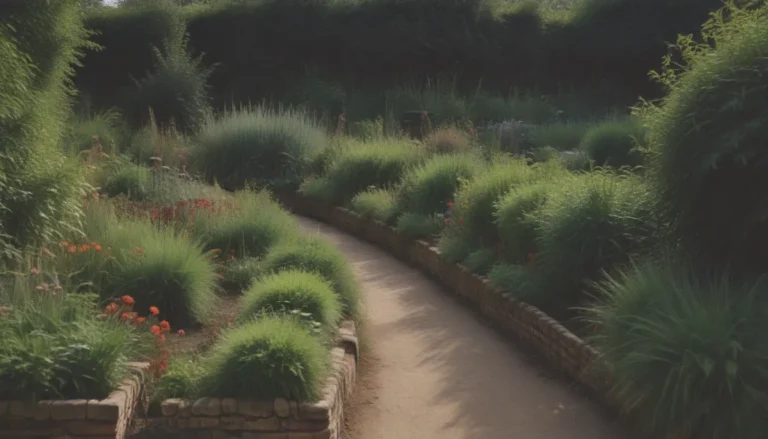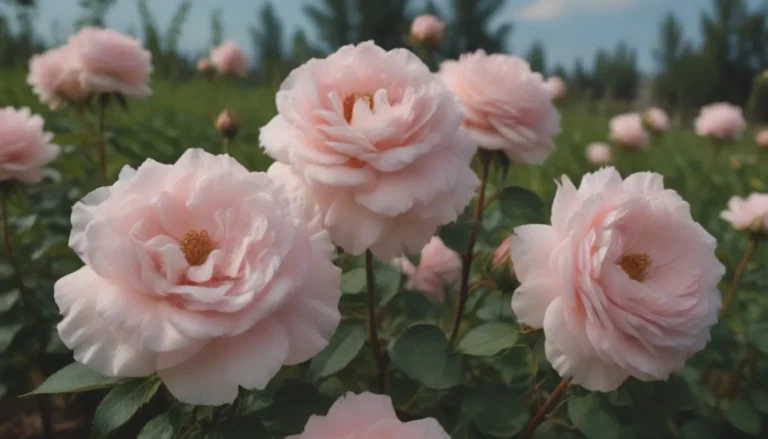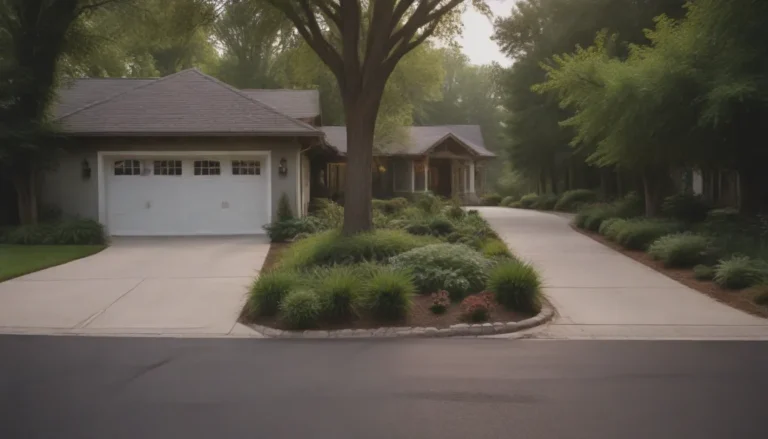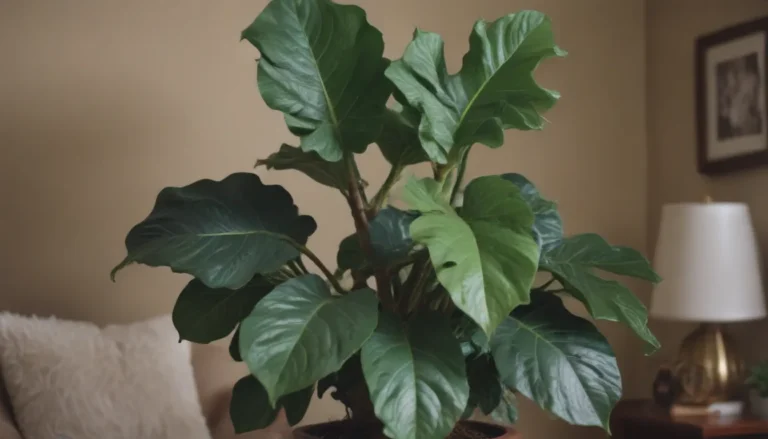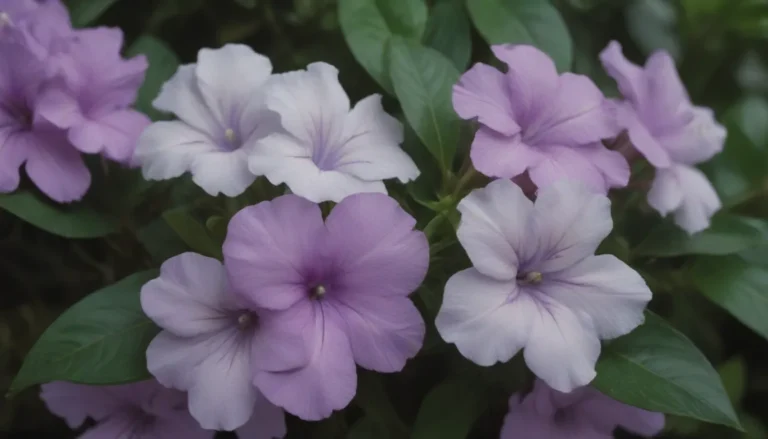Ultimate Bird of Paradise Care and Growing Guide

Bird of Paradise plants are a beautiful addition to any home or garden, with their vibrant tropical flowers and unique foliage. If you’re looking to add a touch of the tropics to your space, you’ve come to the right place. In this comprehensive guide, we’ll cover everything you need to know about caring for and growing Bird of Paradise plants. From light and soil requirements to watering, fertilizing, and even common pests and plant diseases, we’ve got you covered. So sit back, relax, and let’s dive into the wonderful world of Bird of Paradise plants!
Getting to Know the Bird of Paradise Plant
The distinctive Bird of Paradise plant, also known as Strelitzia spp., is closely related to the banana plant and is named for resembling the tropical bird of the same name. These plants are easier to grow than many tropical plants and make for vigorous, rapidly growing indoor plants. Bird of Paradise typically flowers in the late winter or early spring, with large leaves that can reach 12 to 18 inches long. It is important to note that Strelitzia is toxic to cats and dogs.
Bird of Paradise Care Tips
When it comes to caring for Bird of Paradise plants, there are a few key factors to keep in mind to ensure they thrive:
Light
- Bird of Paradise plants need bright light, including some direct sunlight, to bloom well.
- Shield the plant from direct midday summer sun to prevent leaf burn.
- A good position is in a room with windows facing east or west.
Soil
- Use rich, well-drained potting mix for potted plants or a compost mixture.
- Ensure the pot has ample drainage holes to prevent waterlogging.
Water
- Keep the soil continually moist throughout the year, especially in the spring and summer.
- Water daily as Bird of Paradise plants lose moisture through their large leaves.
- Avoid overwatering, which can result in crunchy brown leaves, or underwatering, which can cause yellowing leaves.
Temperature and Humidity
- Bird of Paradise plants prefer high humidity, so mist them if your home is dry.
- Keep the air temperature above 60 degrees Fahrenheit in the winter.
- Protect them from frost damage as they are not cold-tolerant plants.
Fertilizer
- These plants are heavy feeders, so fertilize them in the spring with slow-release pellets or weekly during the growing season with liquid fertilizer.
Types of Bird of Paradise Plants
There are five Strelitzia species, but only two are commonly grown as indoor plants: S. reginae (orange Bird of Paradise) and S. nicolai (white Bird of Paradise). Here are a few popular varieties:
- Strelitzia reginae ‘Glauca’
- Strelitzia reginae ‘Humilis’ or ‘Pygmaea’
- Strelitzia reginae ‘Ovata’
- Strelitzia juncea
- Strelitzia caudata
Pruning and Propagating Bird of Paradise
After your Bird of Paradise plant has bloomed, you can prune it to remove old or damaged plant matter and thin out the leaves. Propagation can be done through division or sowing seeds, with division being the easier and quicker method. To propagate by division:
- Divide the plant using mature plants that have been blooming for at least three years.
How to Grow Bird of Paradise From Seed
Growing Bird of Paradise from seeds can be a rewarding experience, though it requires patience. Here’s how to do it:
- Soak seeds in room-temperature water for 24 to 48 hours before planting.
- Plant the seeds in a well-draining potting mix and place them in a warm, indirect sun location.
- Transplant the seedlings to larger pots once they have germinated and produced a few leaves.
Potting and Overwintering Bird of Paradise
It is essential to repot your Bird of Paradise plant every spring to allow it to grow and bloom effectively. Keep in mind the size of the plant when choosing a pot. If you live in an area where the temperature drops below freezing, consider overwintering your plant indoors to protect it from damage.
Common Pests and Plant Diseases
Monitor your Bird of Paradise plant for aphids, scale, whiteflies, and Botrytis cinerea (gray mold). Use insecticidal soap or systemic pesticides to control pests, and remove affected parts of the plant to prevent the spread of diseases.
How to Get Bird of Paradise to Bloom
To encourage your Bird of Paradise plant to bloom, keep it pot-bound, provide plenty of sunlight, and ensure it receives proper care and nutrients. Lack of light is a common reason for failure to flower, so ensure your plant gets at least 6 hours of sunlight or bright light.
Common Problems With Bird of Paradise
While Bird of Paradise plants are relatively easy to care for, they can face issues like root rot, underwatering, and yellowing leaves. By meeting their light, water, and nutrient needs, you can keep most problems at bay and enjoy a healthy, vibrant plant.
Bird of Paradise plants are a stunning addition to any indoor or outdoor space, with their striking blooms and exotic foliage. By following these care tips and guidelines, you can ensure your Bird of Paradise thrives and brings a touch of the tropics to your home or garden. So go ahead, plant a Bird of Paradise, and watch it flourish into a beautiful, vibrant display of nature’s beauty!
